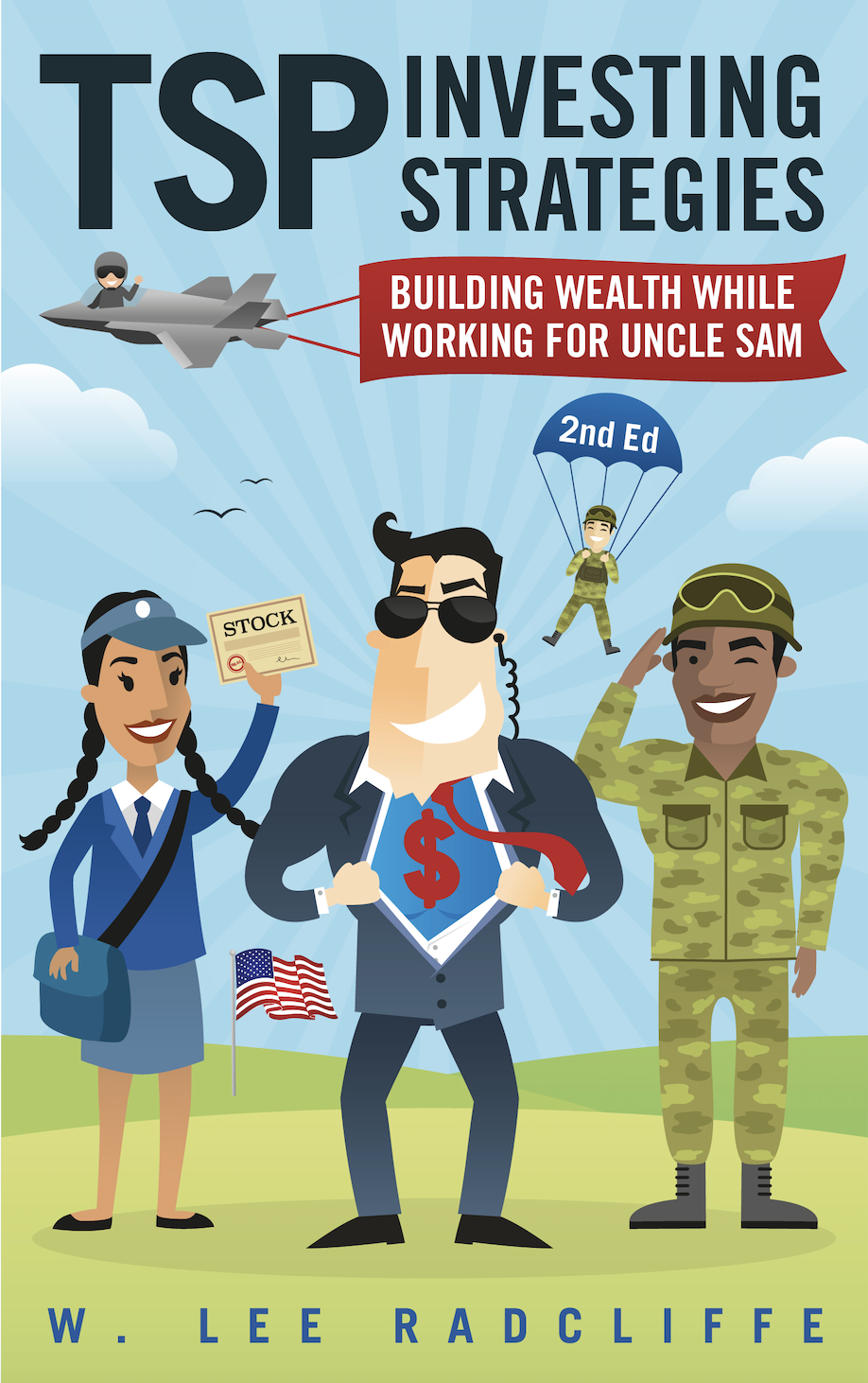TSP Participation Rates
These are the participation rates and total number of participants in the TSP, according to FRTIB figures. (Scroll over the chart for specific figures, and toggle the key on the right for specific categories.)
Beginning in 2018, when the BRS began accepting participants, FRTIB started to break out exact figures by month and by category of participant. This chart represents the latest figures by month, as of this writing.
*Note: The FRTIB publicly releases official/updated figures several months after they are compiled, thus the below figures lag the publication date of this article.
The chart below shows the total numbers of participants in the Thrift Savings Plan from 1987 to the end of 2020, by category. Note that the legacy FRTIB-provided numbers are rounded to the 1,000. The figures from 2006 forward represent end-of-year participation totals, while those prior to 2006 represent figures as of September each year. “Active FERS” represents participants who were both contributing to their accounts and receiving a match, while “FERS Agency Contr Only” refers to those who received the basic (1%) contribution from their home Agency but otherwise were not contributing. “Active w/no Contributions” refers to those who held an open account but who were not contributing; this figure dropped when auto-enrollment was instituted. Roth TSP contributions were allowed in 2012, and figures were broken out from 2013. The “Separated With Acct” was separately reported from 2013.
The “Blended Retirement System” became operational in 2018. The Roth participation rates for Uniformed Service members is a total figure, while monthly figures for BRS participants is available in the previous link. Current monthly figures for FERS and CSRS participants is available here.
Long-term, FERS participation rates grew from the 40% range in its first year of existence to the 80% range ten years later. It hovered in the 80s for the next two decades, but slowly began to increase again after automatic enrollment in the TSP was instituted in 2010.
Participation rates in the Thrift Savings Plan took a dip during the 2009 financial crisis, but rates have improved significantly across the board by the end of 2019. While there were some challenges during the 2020 pandemic, rates had recovered and were slightly higher by year-end. Military participation growth rates appear to mimic FERS participation rates in its first decade, and participation is growing dramatically with the implementation of BRS. (Note that the “opt-out” metric refers to civilian employees opting out of automatic enrollment, which began after 2009.)
Congrats to everyone who has and continues to build wealth in their TSP accounts!
Related topics: tsp-updates roth-tsp military-investing roth-tsp